Table of Contents: Preventing and Eliminating Obsessive-Compulsive Disorder | OCD Treatment Options
Loading Video...
Preventing and Eliminating Obsessive-Compulsive Disorder
 Obsessive Compulsive Disorder also referred to as OCD is a two-faceted condition based on obsessive and compulsive behaviors. With this, an individual repeats behaviors, as well as thoughts. To the average person, this might not seem bad but to someone living with OCD, the effects are devastating. This condition is usually debilitating to the point of life being almost impossible to manage.
Obsessive Compulsive Disorder also referred to as OCD is a two-faceted condition based on obsessive and compulsive behaviors. With this, an individual repeats behaviors, as well as thoughts. To the average person, this might not seem bad but to someone living with OCD, the effects are devastating. This condition is usually debilitating to the point of life being almost impossible to manage.
One thing that makes OCD extremely difficult to deal with is that so many of the physical behaviors are irrational, making them humiliating and embarrassing. For example, an individual may have an overwhelming urge to check a locked door hundreds of times in a row or feel the need to wash hands 50 or 60 times a day. To someone looking on from the outside, the behavior makes zero sense, thereby creating a stigma that the person with OCD is crazy.
Keep in mind that the irrational behaviors of OCD are much different than just being cautious. For instance, if someone without the disorder were concerned about leaving a coffee pot on, it would be checked once. In comparison, a person with OCD being worried about a coffee pot left on would be compelled to check it repeatedly, even after seeing it unplugged. In other words, actions are repeated and to an exaggerated state.
Trying to explain the disorder to family and friends can be discouraging because behaviors and actions are often bizarre. However, for the individual, OCD creates a sense of nervousness, anxiousness, and complete loss of control. Eventually, these feelings spread out into other areas of a person’s life, making it difficult, if not impossible to work, attend school, maintain healthy relationships, and more.
Remember, the obsessions that go hand-in-hand with OCD are involuntary because the brain’s function has been disrupted. While not all compulsions associated with this disorder are involuntary, they are still powerful enough that an individual finds it hard to maintain any semblance of control. As part of OCD, a person falls within one of the following categories:
- Checkers – This involves the need to check and recheck things as a way of preventing or avoiding harm or danger
- Counters – The other part of this category is “arrangers”, which means having an overwhelming need for symmetry such as having all clothing in a closet sorted by color or keeping socks perfectly rolled and spaced one inch apart
- Doubters – Also referred to as “sinners”, this category consists of having an abnormal fear of something bad happening as punishment or not performing something to perfection
- Hoarders – Within the hoarding category, a person with OCD might hoard valuables or pure junk
- Washers – As mentioned, it is common for someone with this disorder to be afraid of germs, which is why constant hand washing occurs
Unfortunately, OCD is a disorder that affects both adults and children. While the compulsive and obsessive aspects of the condition are difficult for adults, they are extremely difficult for children who cannot process what is happening.
OCD Treatment Options
 The number one method of treatment for someone with OCD is cognitive/behavioral therapy. In addition, antidepressants are sometimes prescribed in conjunction with therapy since studies have proven that drugs alone are ineffective for this disorder. However, when medication is prescribed, there is a major downside in that most cause side effects, which only compound the initial problem of OCD.
The number one method of treatment for someone with OCD is cognitive/behavioral therapy. In addition, antidepressants are sometimes prescribed in conjunction with therapy since studies have proven that drugs alone are ineffective for this disorder. However, when medication is prescribed, there is a major downside in that most cause side effects, which only compound the initial problem of OCD.
With traditional behavioral therapy, the goal is the expose the source of the obsession, followed by preventing a negative response. For cognitive therapy, therapists try to place focus on the exaggerated need for responsibility and catastrophic thoughts as a way to teach a person to respond healthy. Now, while traditional treatments do help some people with OCD, many others who do not see improvement.
With this problem on the rise, a tremendous amount of research and multiple studies have been conducted to find additional treatments that address the problem short term but also provide long-term relief. One treatment in particular has gained worldwide recognition because it works. Known as neurofeedback training, this form of biofeedback is deemed both safe and effective. In fact, according to reports, neurofeedback training has provided incredible results for people with OCD in a relatively short period.
While neurofeedback training works exceptionally well for adults, it is even better for children because the process is painless and again, results are typically fast. With this treatment, an individual goes through a series of sessions, each lasting between 20 and 30 minutes. During each training session, special electrodes are attached to a person’s scalp, thereby targeting a very specific part of the brain with improper activity
A trained professional then performs qEEG testing or “brain mapping” based on the types of symptoms experienced. Small wires connected from the electrodes are then hooked up to a computer and as brain wave signals are processed, images are created and displayed on a computer screen or printed out. To the average person, the images appear as nothing more than squiggly lines but to the professional eye, they translate into valuable information.
A combination of symptoms and the created computer images of brain signals help medical doctors, mental health professionals, and therapists make an accurate diagnosis. Therefore, someone with OCD is provided with confirmation of the disorder, followed by receiving neurofeedback training as treatment. Through the retraining process of the brain, normal or healthy brain wave patterns replace malfunctioning or unhealthy patterns. With each session, the brain becomes stronger and has a greater ability to recognize proper function.
The bottom line – neurofeedback training can retrain the specific area of the brain responsible for the symptoms of OCD. Eventually, new and proper brain activity takes the place of prior dysfunction, which ultimately reduces or eliminates the obsessive and compulsive aspects of the disorder. This provides an incredible opportunity for a person to live a normal and productive life without having the strong urge to perform repeated behaviors or thoughts.
We are a leading Neurotherapist in Clifton Park NY. Contact us today to learn more about our approach to treating OCD and Obsessive Thinking.

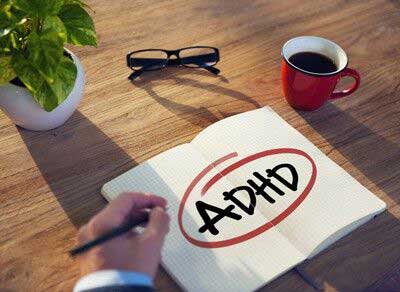 ADD / ADHD
ADD / ADHD Anxiety & More
Anxiety & More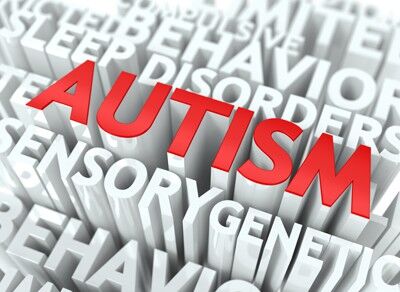 Autism/Aspergers
Autism/Aspergers Depression
Depression Insomnia
Insomnia Learning Disabilities
Learning Disabilities Migraines
Migraines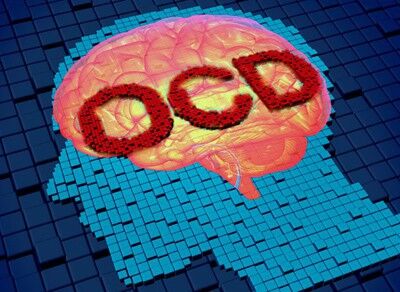 OCD and Obsessive Thinking
OCD and Obsessive Thinking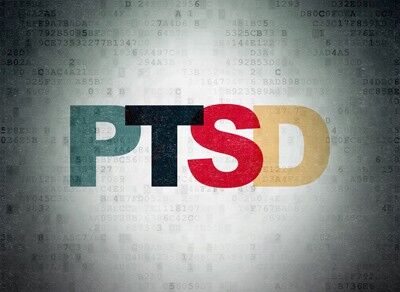 PTSD (Post Traumatic Stress Disorder)
PTSD (Post Traumatic Stress Disorder)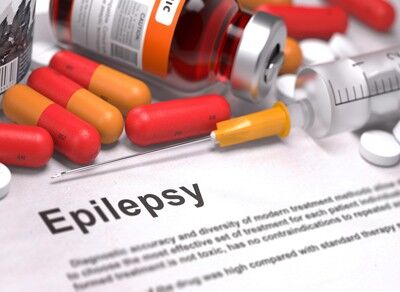 Seizures and Epilepsy
Seizures and Epilepsy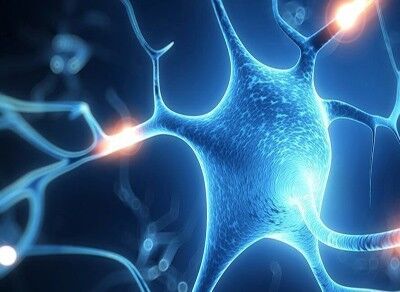 Stroke or Traumatic Brain Injury (TBI)
Stroke or Traumatic Brain Injury (TBI)